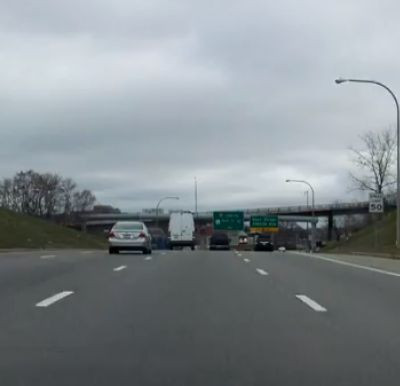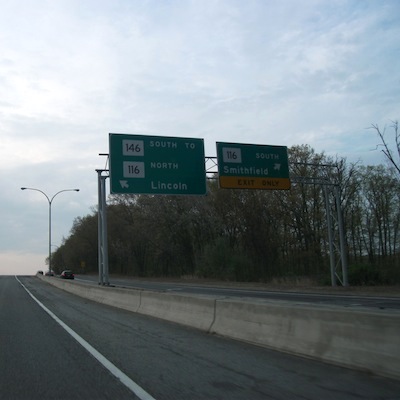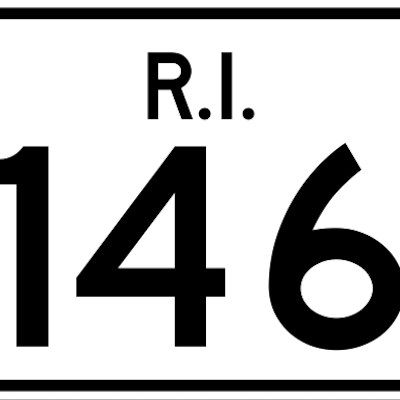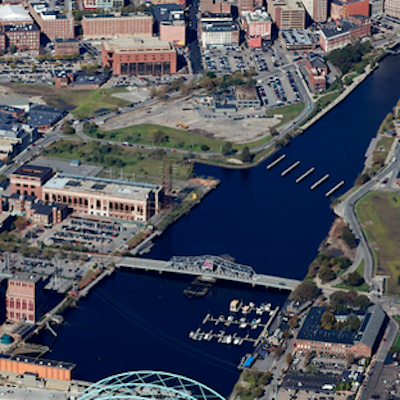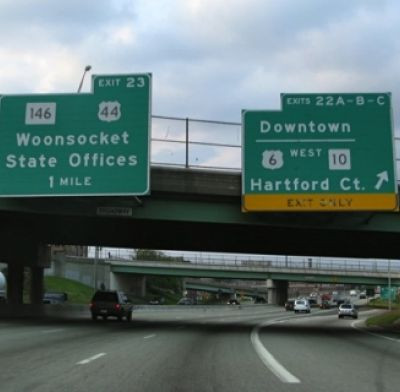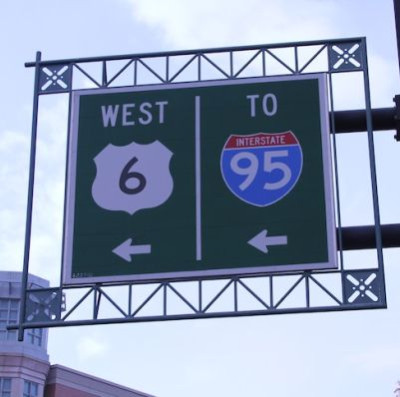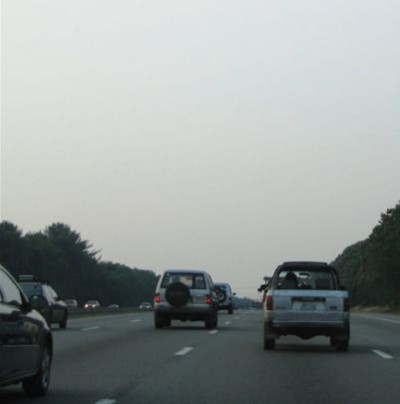Guest MINDSETTER ™ Berwick: Tolling Not Needed
Sunday, August 30, 2015
Tolling trucks should not be an option to provide the funds to repair and replace Rhode Island's structurally deficient bridges. Once the computer controlled tolling infrastructure is in place, there would be a lot of political pressure to toll all vehicles. The chances of the tolling system being hacked or used to profile individuals would be unacceptable. A better way to fund the repair and replacement of Rhode Island's structurally deficient bridges would be to reduce taxes, improve the economy and create thousands of good paying jobs.
First, Rhode Island should reduce the tax on gasoline and diesel fuel to 20 cents per gallon. All Rhode Island drivers, many out of state truck drivers, many Massachusetts drivers and many Connecticut drivers would buy their fuel in Rhode Island. Although the fuel tax would be lower, the number of gallons of fuel sold in Rhode Island each year would greatly increase. If the number of gallons of fuel sold each year doubled, Rhode Island would be receiving the equivalent of 40 cents per gallon in fuel taxes based on today’s usage. The number of people who live within 10 miles of Rhode Island’s border or drive through Rhode Island is huge.
Next, Rhode Island should allow two truck stops to be built at the two rest areas on I-295 in Lincoln and allow two truck stops to be built on I-95 near the Connecticut border. Many truck drivers would buy their diesel fuel at these new truck stops because of the low price. Each truck stop would also serve automobile traffic and have a welcome center, a convenience store, a hotel and 2 or 3 restaurants.
GET THE LATEST BREAKING NEWS HERE -- SIGN UP FOR GOLOCAL FREE DAILY EBLASTBusiness at every fueling station in Rhode Island would greatly increase and several thousand new jobs would be created. The increased fuel tax revenue, the increased state income tax revenue and the increased state sales tax revenue would provide the funds to begin repairing and replacing Rhode Island's structurally deficient bridges. Federal transportation funds dedicated to repairing bridge infrastructure will soon be available. If Rhode Island provided 25 million dollars, 50 million dollars would become available to begin this work in the summer of 2016. Several thousand new high paying construction jobs would soon be created which would increase state income tax revenue and state sales tax revenue.
To improve Rhode Island’s economy, I would suggest that Rhode Island's sales tax rate be reduced to 3% on all taxable items and services rendered and that food, clothing and boats be included in the list of taxable items. One low, broad based sales tax rate will save every business time and money. A low income family would save $200.00 on the purchase of a $5000.00 used car and save 4% on all other purchases. A wealthy person would pay $30,000.00 on the purchase of a million dollar boat. The wealthy also spend huge amounts on food and clothing.
Next, Rhode Island should increase funding for education to a point where local communities can reduce their property taxes by 15%. Instead of spending large amounts of tax dollars giving tax breaks, grants in aid and low interest guaranteed loans to a few lucky companies, it would be more productive for Rhode Island to spend an extra 200 million dollars on education and lower the property taxes for every Rhode Island business and for every Rhode Island homeowner by 15%. In addition, Rhode Island should reduce its income tax rate, its corporate tax rate and its capital gains tax rate by 10%.
Many businesses would expand or move to Rhode Island and many families would move to Rhode Island to take advantage of the low taxes. Employment would rise, home foreclosures would drop and property values would increase. Rhode Island’s population would dramatically increase guaranteeing that funds would be available to repair and replace Rhode Island’s structurally deficient bridges without billion dollars bond issues, tax credits, tax rebates or subsidies to shipping companies.
Lastly, Rhode Island should take over the distribution and sale of tobacco products. Private companies should not be selling these products that when used according to directions cause sickness and death. Rhode Island should provide these services and use the taxes and profits produced from the sale of these products to improve the lives of all the residents of Rhode Island. Tobacco products would only be sold in vending machines located inside or outside the thousands of stores and other businesses in Rhode Island. These products would be sold by the carton and payment would have to be made with a personal credit card. The possibility of children buying tobacco products would be eliminated. Funds to fully fund DCYF, healthcare, education and bridge repair would be available.
Kenneth Berwick of Smithfield, RI Served three years in the United States Marine Corps from 1954-1957. Berwick is a retired teacher with a BA from RIC in 1960 and a Masters from Syracuse in 1969.
Related Slideshow: RI’s Most Dangerous Bridges
The American Road and Transportation Builders Association recently released a list of the most traveled, deficient bridges in each state. In Rhode Island, those bridges were:
Related Articles
- Raimondo Releases Tolling Plan for $1.1 Billion RI Infrastructure Investment
- Guest MINDSETTER ™ Berwick: Solving Problems Using Public and Private Relationships
- Guest MINDSETTER ™ Berwick: How to Legalize Marijuana in RI
- Guest MINDSETTER ™ Berwick: Looking Back at Nixon’s Resignation 41 Years Ago
- Guest MINDSETTER ™ Berwick: Repairing and Replacing RI’s Structurally Deficient Bridges
- Guest MINDSETTER ™ Berwick: A Healthcare Reform Plan That Works For Everyone
- Guest MINDSETTER ™ Berwick: The Best Deal for RI Taxpayers is to Keep PawSox in Pawtucket
- Guest MINDSETTER ™ Berwick: The Charter School Problem
- The Most Dangerous Bridges in RI
- Rhode Island’s Most Dangerous Bridges
- James Clayton Sattel’s RI Views: Bridges + Lighthouses
- State Report: Repairing RI’s Bridges, $40 Million Bonds & Improving Schools
- NEW: RIDOT Awarded $760,000 to Encourage Business Development and Improve Bridges
- NEW: RITBA Votes to Delay Toll Increases on Pell, Sakonnet Bridges
- Most Traveled, Deficient Bridges in RI - See The List
- Bishop: Bridges, Tolls and a Tale of Three States
- Just 9 Percent of RI Stimulus Funds Went to Roads, Bridges
- Seat Belts on School Busses & a Plan for Highways & Bridges: This Week at the State House
- RI Has Highest Percentage of Deficient Bridges in Country




